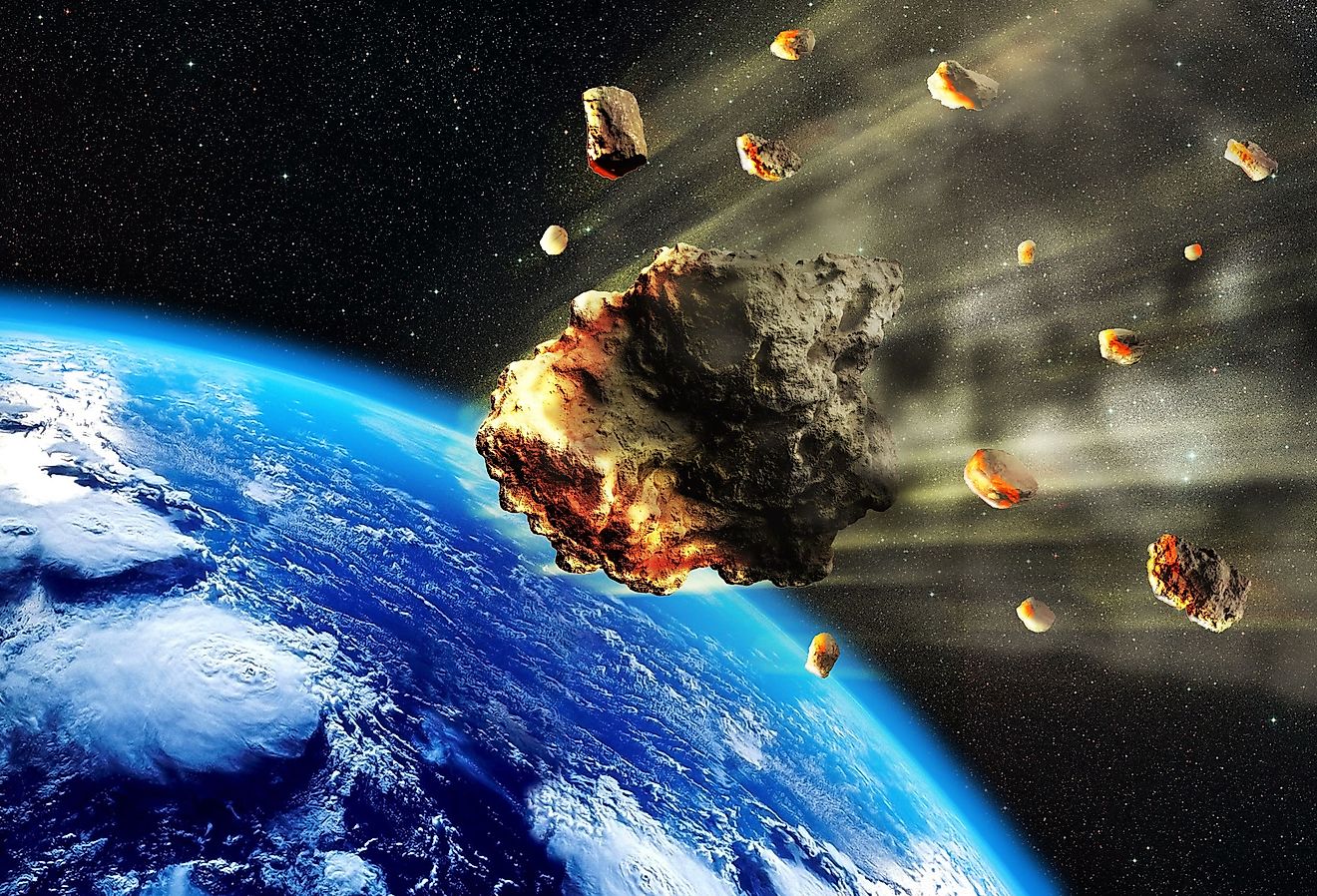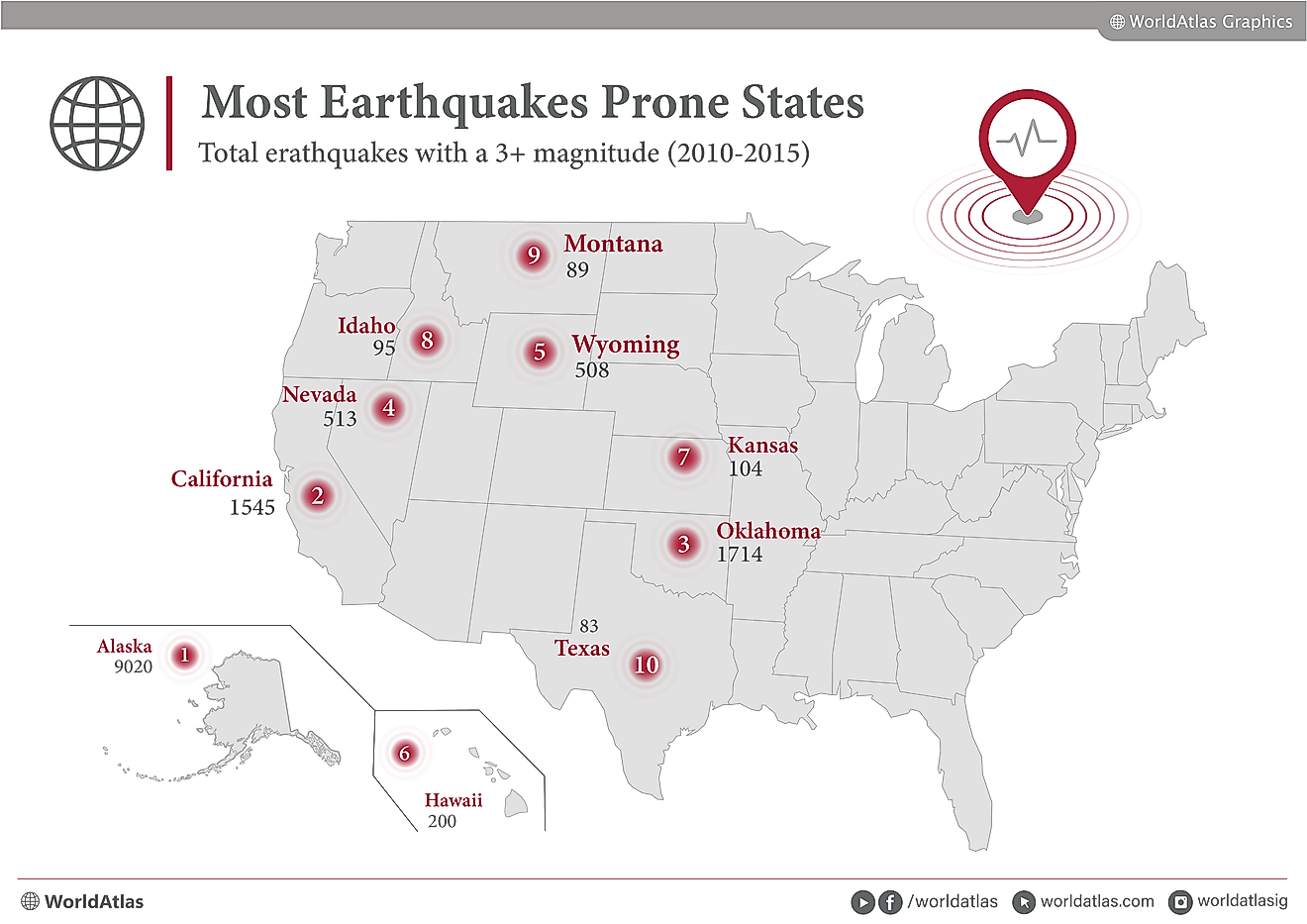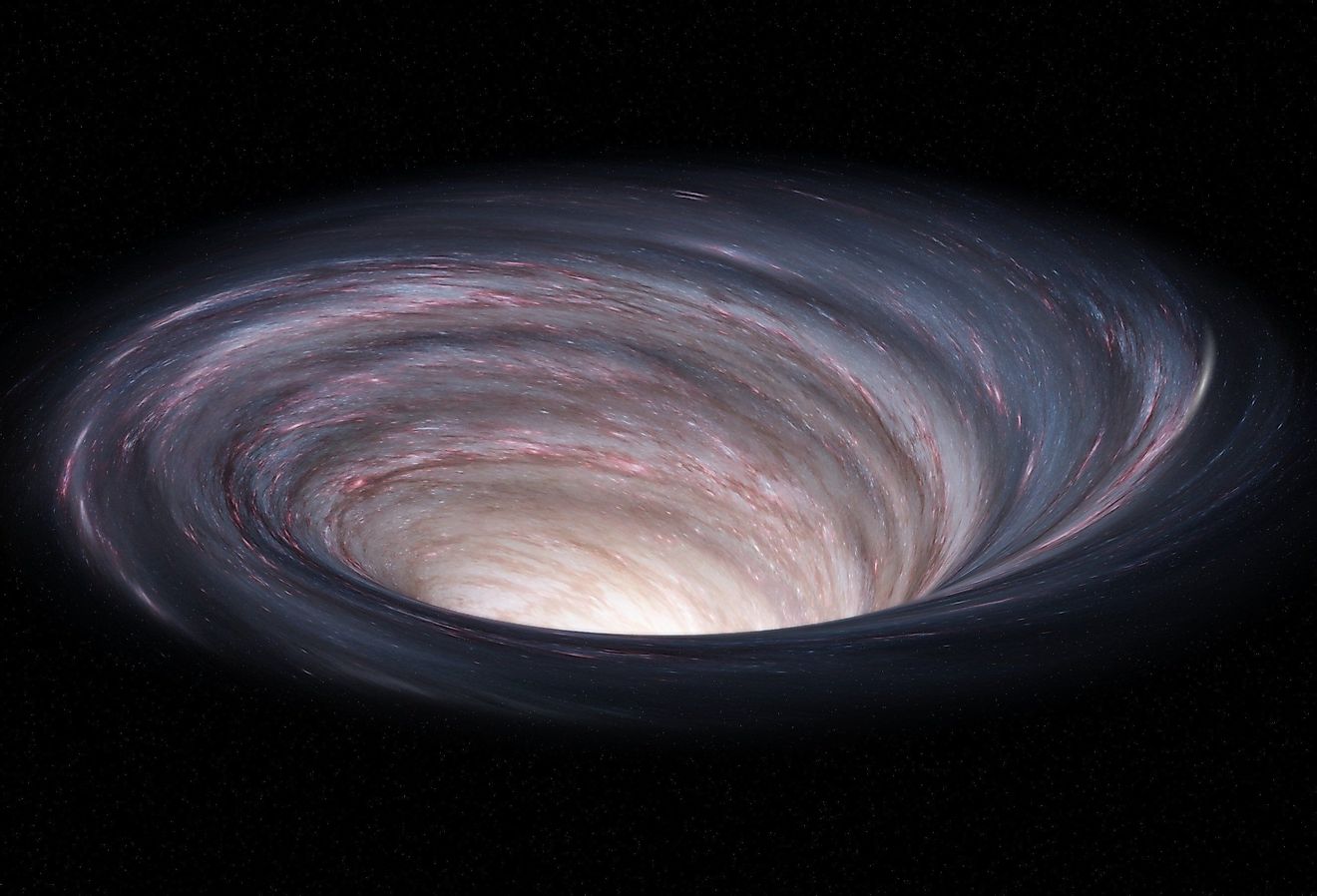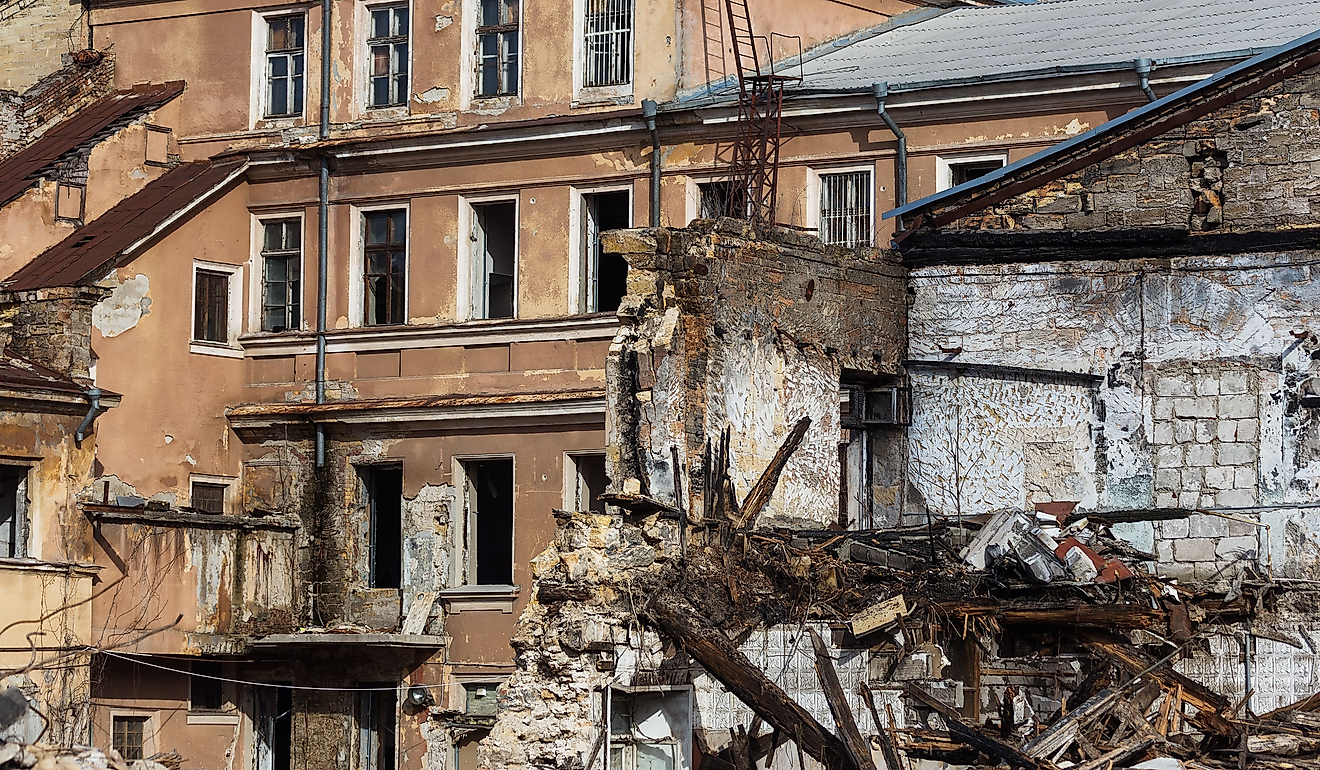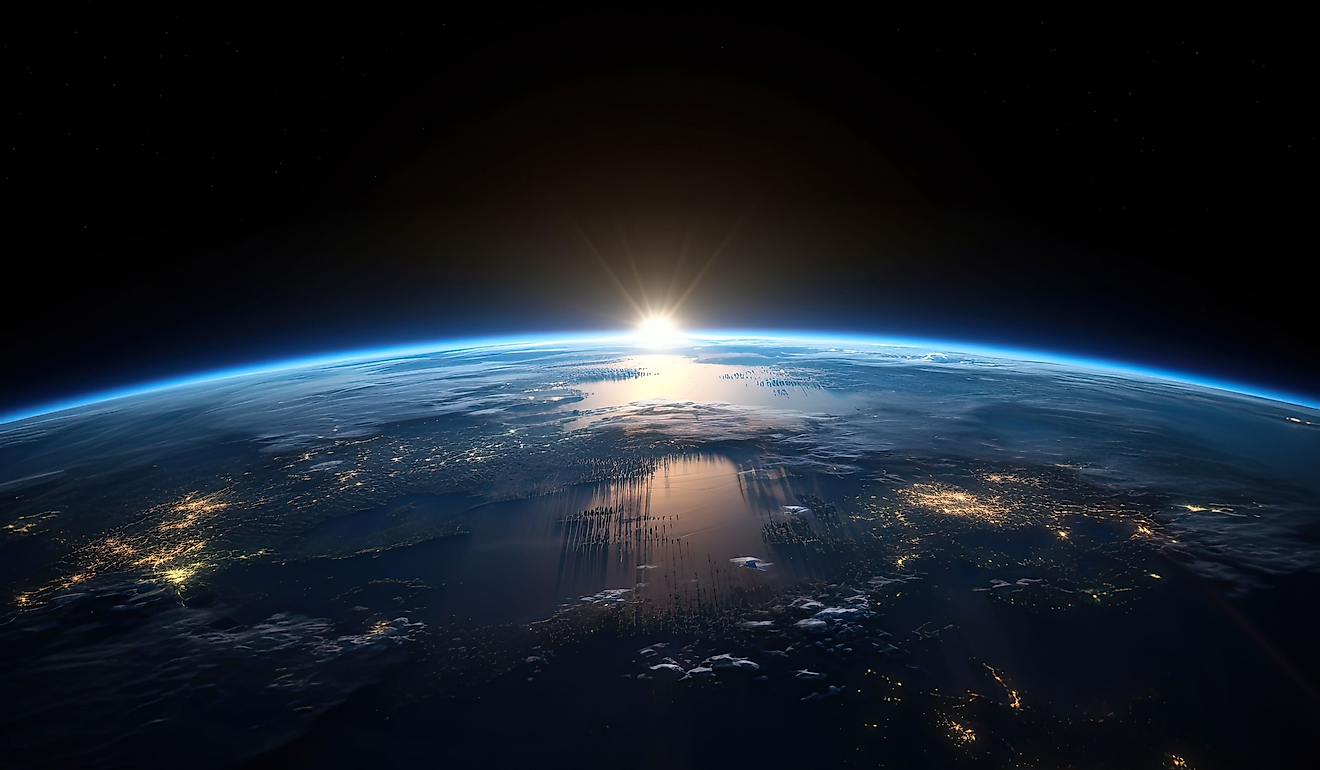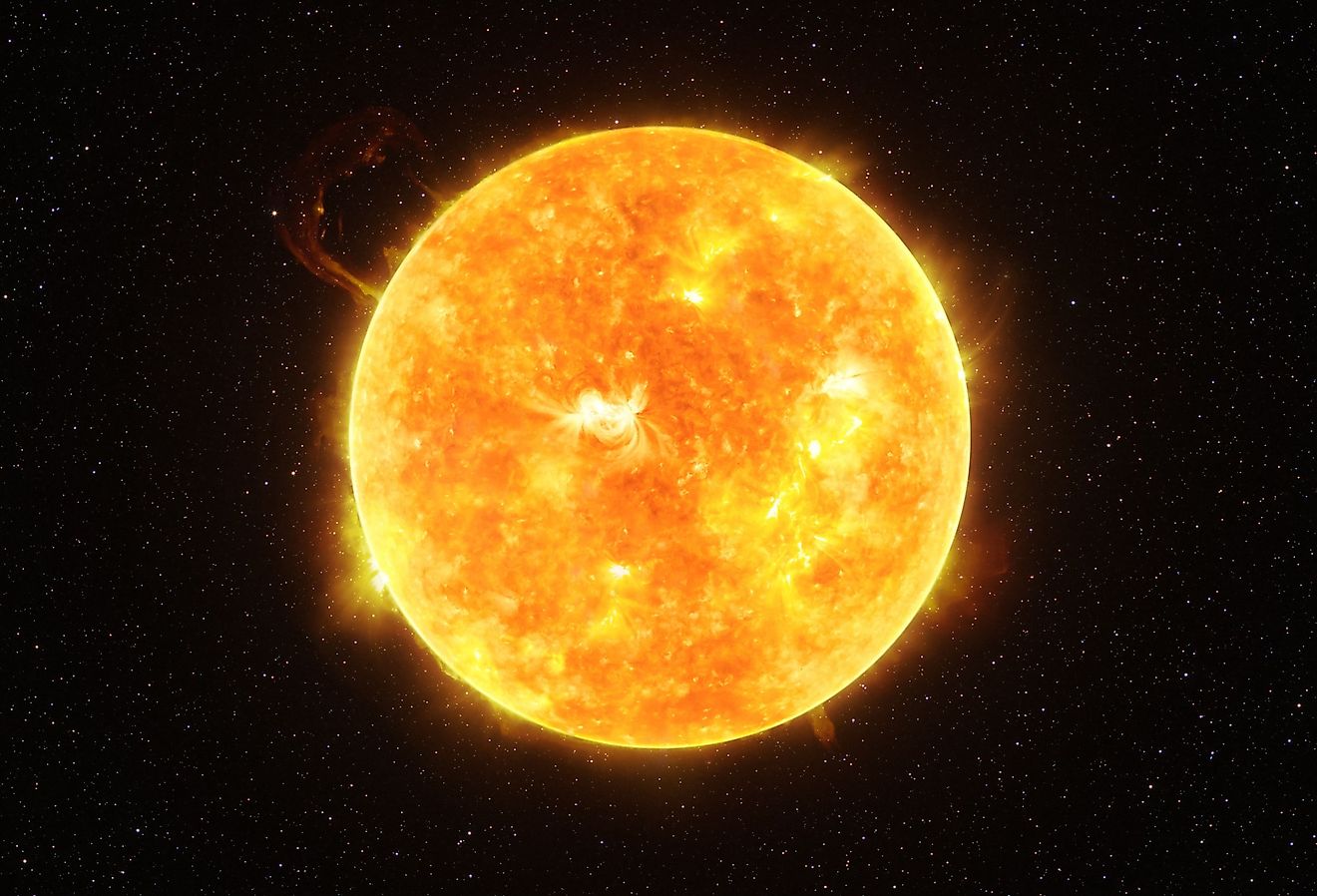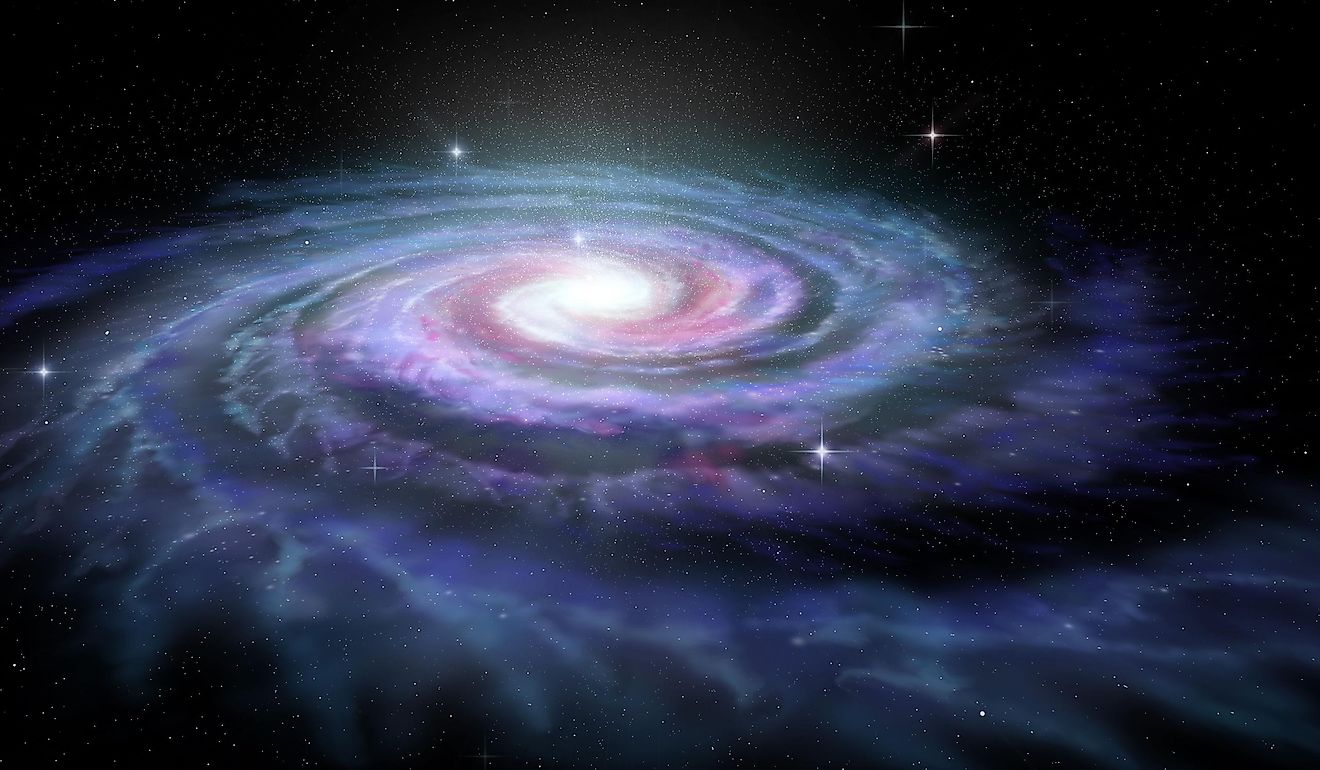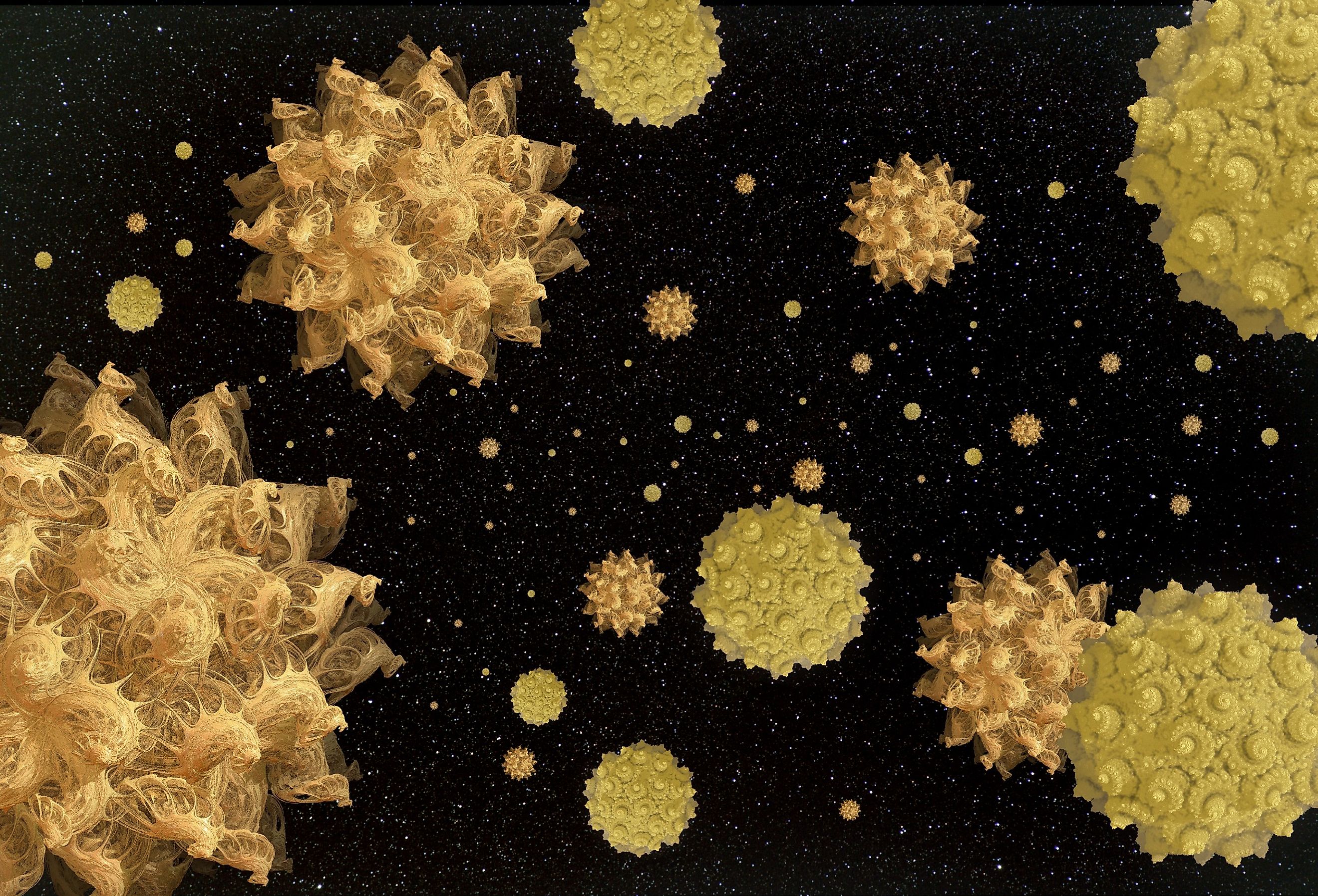
Can Bacteria Survive in Space?
For decades, the scientific community has believed that finding an answer to the question of whether or not bacteria can survive in open space could shed light on several important issues. Practically speaking, it could potentially impact how the world's space agencies approach any future missions to Mars.
In the realm of more theoretical and philosophical matters, it could conceivably provide insight into the origin of life itself on Earth. In 2018, an ingenious experiment involving an especially tenacious breed of bacteria, astronauts aboard the International Space Station (ISS), and microbiologists at several planet-bound laboratories proved this theory.
Theories About Bacteria in Space
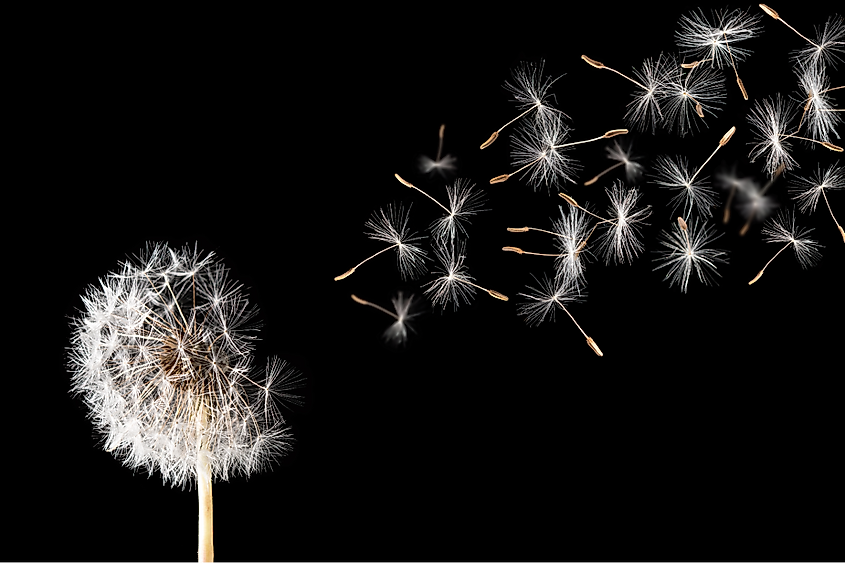
The experiment in question was inspired by a theory stating that life on Earth may have begun via the transmission of microscopic organisms from another part of space; a hypothesis called "panspermia" from the Ancient Greek words "pan," meaning all, and "sperma," meaning seed.
This theory is quite old, with the first documented mention of it being in the writings of Anaxagoras, a pre-Socratic Greek philosopher who was active during the 5th century BCE. However, the idea of panspermia only began to gain scientific legitimacy much later, as advances in astrophysics and biology in the 19th, 20th, and 21st-century CE further indicated its viability.
Since then, many scientists have speculated that bacteria may have acted as the primordial seed around which the theory revolves, providing the initial infusion of DNA onto this planet billions of years ago. Until recently, though, there was no way to test this. Such a test was not only dependent on the development of space flight as a means of gaining access to the correct lab conditions, but because the theory of panspermia states that extraterrestrial microbes possibly traveled great distances over long periods before reaching Earth, a proper test was also dependent on the ability to observe microbial specimens over an extended timeframe. With the launch of the International Space Station in 1998 and the deployment of its first long-term residents in 2000, the conditions necessary for a meaningful experiment were finally in place.
The Tanpopo Mission Proposal
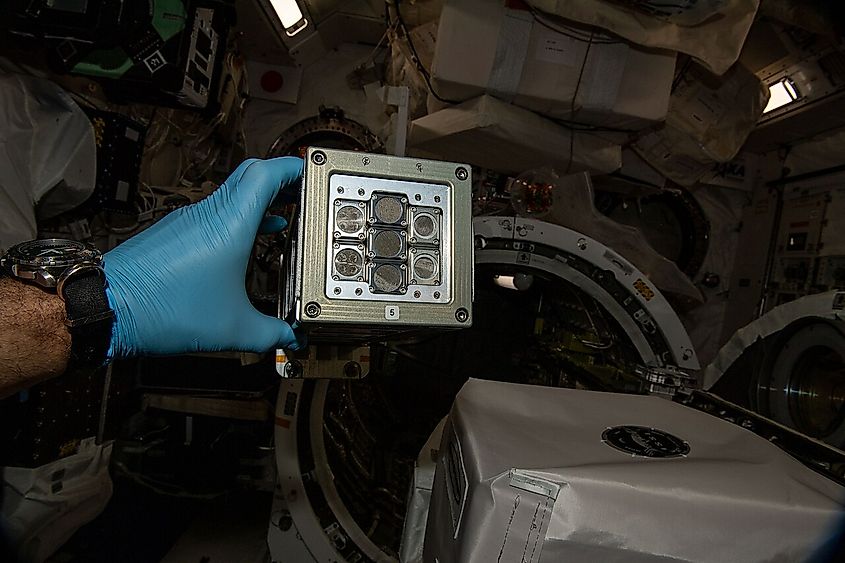
In the mid-2010s, a group of scientists from Japan proposed a method to test a crucial aspect of the panspermia theory: whether or not microbial life could actually survive unprotected in open space. The research proposal posited that by collecting several samples of the most resilient bacteria strain available and transporting them to the ISS, astronauts could then attach the specimens to the station's exterior and monitor their progress. The experiment was to take place over the course of three years.
When the proposal was accepted by JAXA, the Japan Aerospace Exploration Agency, as well as the 26 other universities and institutions involved, it was officially dubbed the Tanpopo mission. In a somewhat poetic nod to the concept of seed spreading central to the panspermia hypothesis, "Tanpopo" is the Japanese word for dandelion. The Tanpopo mission also enjoyed the distinction of being the first Japanese-administered astrobiology project conducted aboard the International Space Station.
The Bacteria: Deinococcus radiodurans
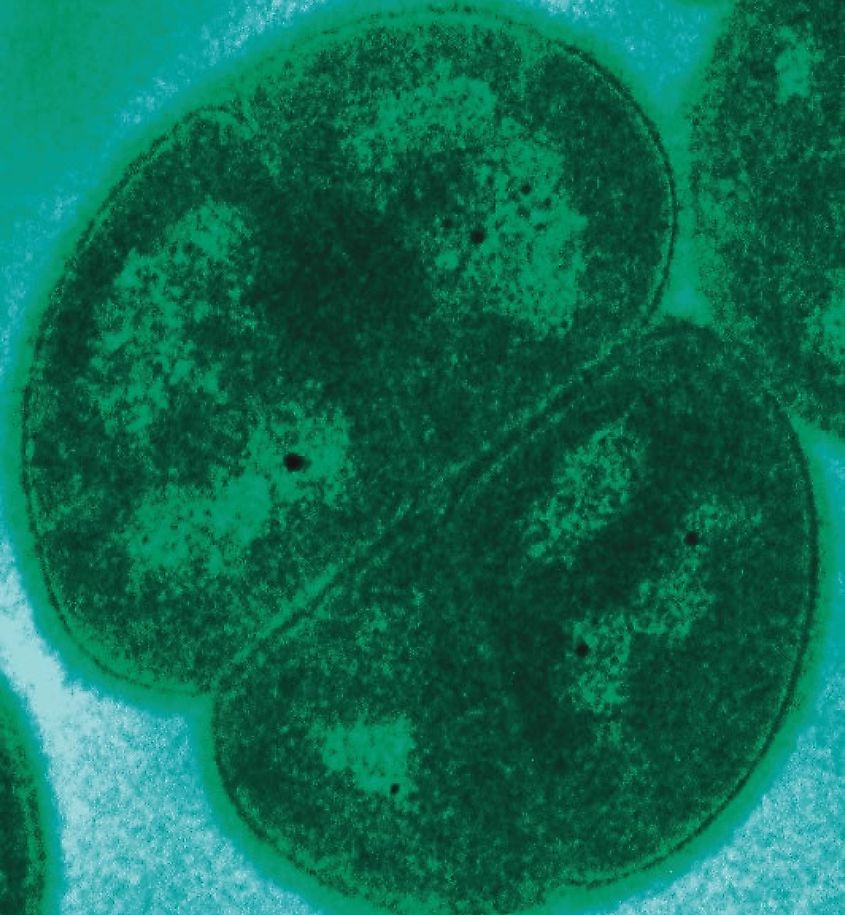
Armed with the blessing of all the nations that govern the ISS, the team of scientists, led by Akihiko Yamagishi, a microbiologist at Tokyo University of Pharmacy and Life Sciences, set to work in earnest. They quickly identified a type of bacteria called Deinococcus radiodurans as an ideal test subject. Noted for its radioresistance, or resistance to radiation, Deinococcus radiodurans was selected for the experiment based on its durable physical properties, which include a unique ability to repair its own single- and double-strand DNA through a process of internal nucleoid fusion. This bacteria is found only in Earth's atmosphere, and as such, Yamagishi and his team oversaw a specimen collection effort that featured high-altitude aircraft and scientific balloons operating some 7.5 miles above the planet's surface.
Deinococcus radiodurans, whose name literally translates to "strange berry that withstands radiation," can survive radiation levels 3,000 times higher than that which would kill an adult human being. The organism is what is known as an extremophile, meaning that it can tolerate incredibly harsh conditions that other forms of life—including other types of bacteria—simply cannot. This trait is not merely limited to radiation either; Deinococcus radiodurans shows a remarkable ability to stay alive when faced with severe dehydration, placement in a vacuum, and subjection to extreme cold. It can even survive immersion in acid. For these reasons, this strain of bacteria has earned the tongue-in-cheek nickname "Conan the Bacterium."
The Experiment: Bacteria in Space
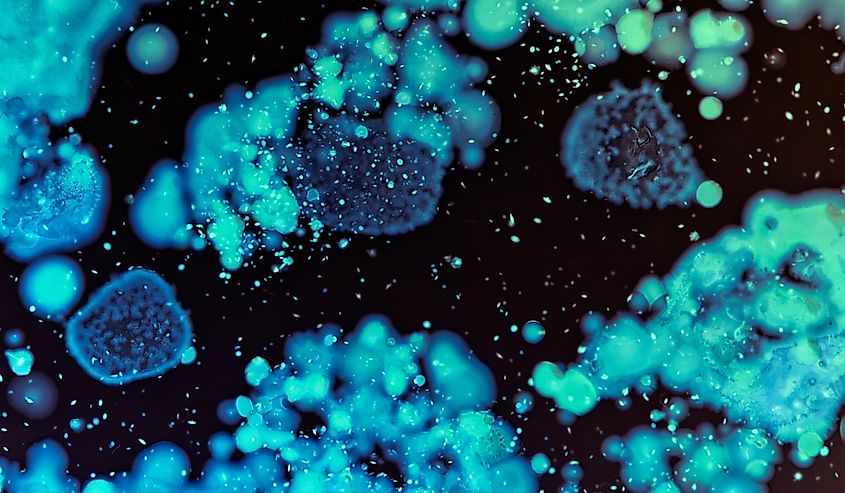
On April 14, 2015, the harvested samples of Deinococcus radiodurans were divided among three aluminum panels, loaded onto Space-X rocket CRS-6, and launched into orbit some 250 miles above Earth. Once safely aboard the International Space Station, the panels were placed by a robotic arm onto a secure handrail outside the Kibo laboratory, a state-of-the-art experimental research module designed, built, and donated to the ISS by the Japanese government. There, the bacteria samples sat inside a small groove on the panels, unprotected from the onslaught of ultraviolet rays, gamma rays, and x-rays that exist in open space, not to mention the minus 484.81-degree Fahrenheit temperature and the natural vacuum.
The first panel was extracted after one year of exposure and returned to Earth for extensive study. The second panel was removed after two years. The last panel containing samples of Deinococcus radiodurans was removed from its home of three years on the ISS exterior in February of 2018.
In order to meet the standards of scientific inquiry, two other control groups of the bacteria were prepared, as well; one left on Earth, and another kept on the inside of the International Space Station. These were monitored for the same amount of time as the panels containing bacteria on the outside of the ISS.
Bacteria Can Survive in Space
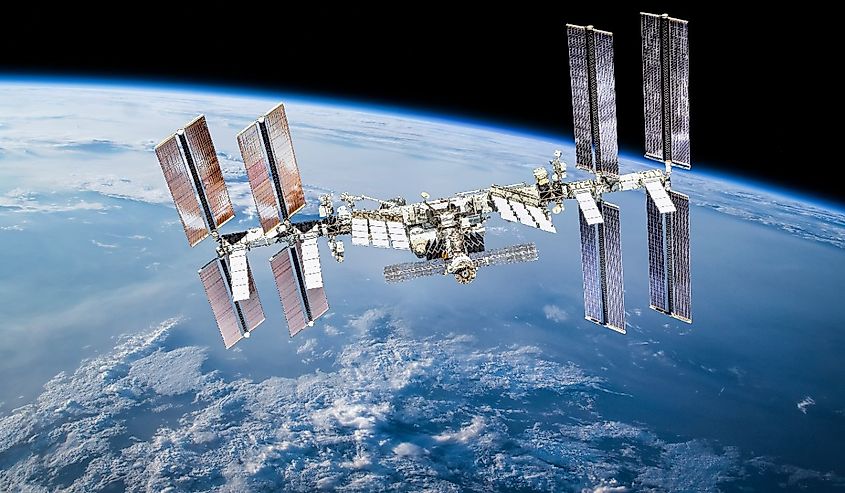
Upon examination, portions of each of the Deinococcus radiodurans samples left out in open space remained alive, even after one, two, and three years of exposure, respectively. Although the outer layer of each colony contained a mass of dead cells, those dead cells served to shield the inner layers of bacteria from harm. The thicker the colony, the better it withstood the extreme conditions.
Meanwhile, the bacteria in the two control groups actually fared worse than their counterparts that were exposed to open space. It is thought that either the presence of oxygen and moisture served to weaken these samples, or that some other unknown factor may have had a negative effect.
As a result of the data collected from the Tanpopo mission, scientists now estimate that colonies of Deinococcus radiodurans with a thickness of 0.5 millimeters in diameter can survive between 15 and 45 years of naked exposure to space at low Earth orbit. Further, they estimate that colonies with a thickness of more than 1 millimeter can survive for up to eight years in outer space, which would be long enough to make the trip from Earth to Mars or vice versa.
The Implications
With the ability of Deinococcus radiodurans to stay alive for long periods of time under such harsh and unforgiving conditions now well established, at least some of the heartier species of bacteria can survive in space. The implications of this fact are far-reaching.
To begin with, it underscores the need for Earth's space agencies to take great care when exploring Mars. Aside from reinforcing the need to thoroughly clean and sterilize any unmanned surveillance equipment launched from Earth to Mars, any future manned missions will have to take into account the possibility of contaminated readings or false positives from Earthly bacteria when scanning for microbial life native to the Red Planet. In other words, astronauts traveling to Mars may very well accidentally bring some microscopic life along for the ride with them attached to the hull of their spacecraft.
Larger still is what the findings of the Tanpopo mission suggest regarding the panspermia hypothesis. The idea that free-floating bacteria can traverse the void of space for a period of up to eight years and plant the seed of life on a receptive but previously lifeless planet (a process called "Massapanspermia") has taken one step closer to being proven by science. This means that the chance that life on Earth actually sprang up due to a spacefaring microbial infusion from Mars—a planet that most of the global scientific community, including NASA, has concluded possessed the conditions necessary to support life between 4.1 billion and 3.5 billion years ago—is not zero.
The Tanpopo mission findings also leave open the possibility that a species of bacteria with similar properties to Deinococcus radiodurans originating from a distant part of the galaxy could survive for a much longer amount of time when encased in the rocks and minerals of an interstellar comet or asteroid. The name for this particular version of the panspermia theory is "Lithopanspermia," and it carries with it the implication that life on our planet was seeded by microbes that evolved somewhere beyond our own solar system, possibly in a much more far-flung region of the cosmos.
